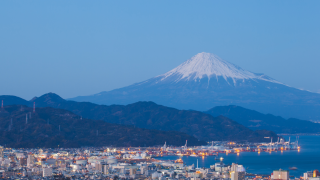 CONTENT
CONTENT Why Dragon Quest Is Considered Japan’s National Game: Its Cultural Impact and Lasting Appeal
For nearly four decades, Dragon Quest has captured the hearts of Japanese players across all ages. Unlike many other games that fade with time, its simple gameplay, memorable characters, and timeless themes have ensured its continued relevance. Dragon Quest is more than entertainment; it is a shared cultural experience that defines a generation.









